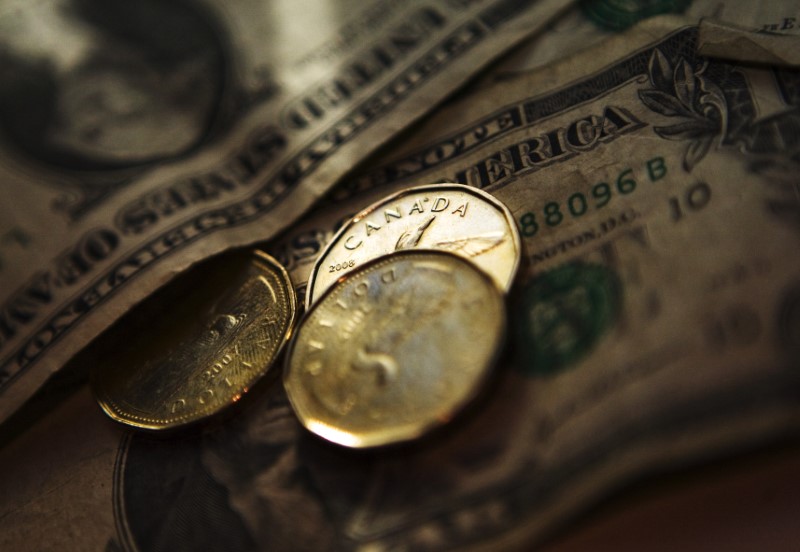Investing.com - The U.S. dollar edged higher against its Canadian counterpart on Monday, as the greenback broadly recovered from Friday’s downbeat U.S. inflation data and as lower oil prices dampened demand for the commodity-related Canadian currency.
USD/CAD hit 1.2717 during early U.S. trade, the session high; the pair subsequently consolidated at 1.2708, adding 0.22%.
The pair was likely to find support at 1.2553, the low of August 4 and resistance at 1.2754, Friday’s high.
The greenback recovered from losses posted on Friday after the U.S. Commerce Department said consumer prices rose less-than-expected last month. A separate report released a day earlier showed that producer price inflation and its core reading both unexpectedly declined in July.
The weak data was seen as lowering chances that the Federal Reserve will stick to its plans for a third interest rate hike this year.
The U.S. dollar also benefited from an easing of geopolitical tensions on Monday, after U.S. Secretary of Defense Jim Mattis and Secretary of State Rex Tillerson both wrote that the U.S. administration would continue to seek diplomatic resolutions with Pyongyang.
In a commentary published in the Wall Street Journal on Sunday, the two men said that "the U.S. has no interest in regime change or accelerated reunification of Korea."
Chinese President Xi Jinping on Saturday called for a peaceful resolution to the North Korean nuclear issue, and urged all sides to avoid words or action that raise tensions.
Meanwhile, the Canadian dollar was pressured lower by a decline in oil prices, amid ongoing concerns over a global supply glut.
The loonie was steady against the euro, with EUR/CAD at 1.4981.
The single currency came under pressure after data earlier showed that industrial production in the euro zone fell 0.6% in June, more than the expected 0.5% slip.
